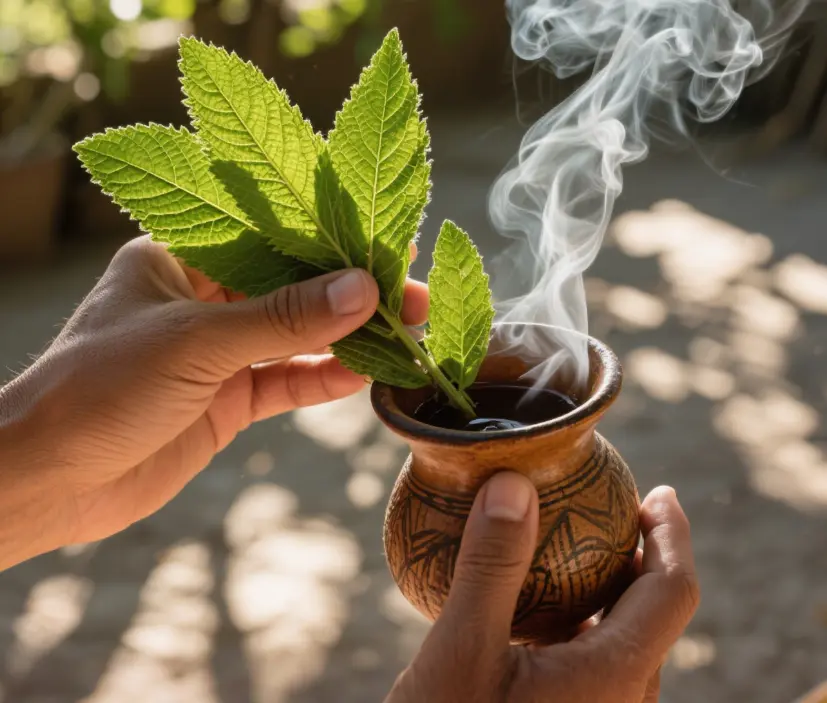- +86-28-86155036
- [email protected]
- en
The sugar substitute revolution has never ceased. Over the span of a hundred years, artificial sugar substitutes have undergone six iterations and have gradually been replaced by natural sugar substitutes. As a long-established star ingredient in natural sugar substitutes, the demand for steviol glycosides continues to grow. Beverages remain the main category where steviol glycosides are applied. Additionally, there has been significant growth in sports nutrition products, dairy products, snacks, and candies. New categories such as desserts, ice creams, and baked goods are also gradually being introduced.

Steviol glycosides are a class of sweet substances extracted from Stevia, hailed as the world's "third-generation natural zero-calorie healthy sugar source." Stevia is a perennial shrub in the Asteraceae family, originally from Paraguay, Brazil, and Argentina. For centuries, local people have used Stevia leaves for medicinal purposes and to sweeten beverages, such as mate tea.
The aftertaste and unpleasant residual taste of steviol glycoside Reb A have limited their application. In contrast, steviol glycosides Reb D and Reb M are gaining attention due to their good taste and are considered the main categories of the next generation of steviol glycosides.

Since the content of steviol glycoside Reb D in Stevia is very low and commercial production is challenging, scientists are constantly trying various methods to increase the yield of steviol glycoside Reb D. Currently, there are three main production technologies: breeding methods, bioconversion methods, and fermentation methods. In both the bioconversion and fermentation methods, the enzymes or microorganisms used are removed from the final product, leaving purified steviol glycosides.
The breeding method involves cultivating Stevia varieties with high Reb D content and is a more natural way; however, this method requires a lot of trial and error time.
The bioconversion method uses specific enzymes to convert extracted Reb A or stevioside from Stevia into target steviol glycosides such as Reb D or other specialized glycosides. The enzymes are derived from genetically modified microorganisms, mainly non-toxigenic and non-pathogenic strains of Pichia pastoris and Escherichia coli. These genetically modified strains can produce enzymes like glucosyltransferase and sucrose synthase.
Fermentation production involves using yeast (commonly genetically modified microorganisms) to ferment sugars into target steviol glycosides, such as steviol glycoside Reb D or other unique glycosides. Fermented steviol glycosides have a refreshing and sugar-like taste, which helps food and beverages reduce sugar content while maintaining the original taste.